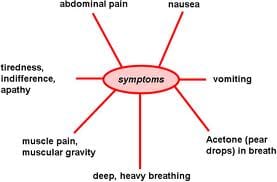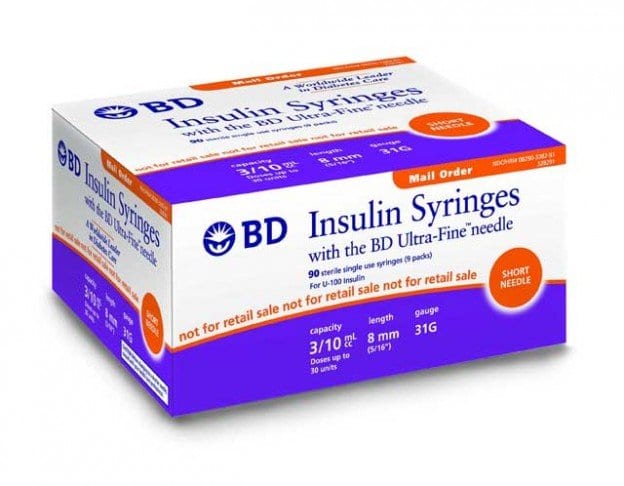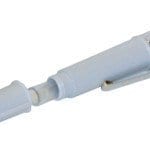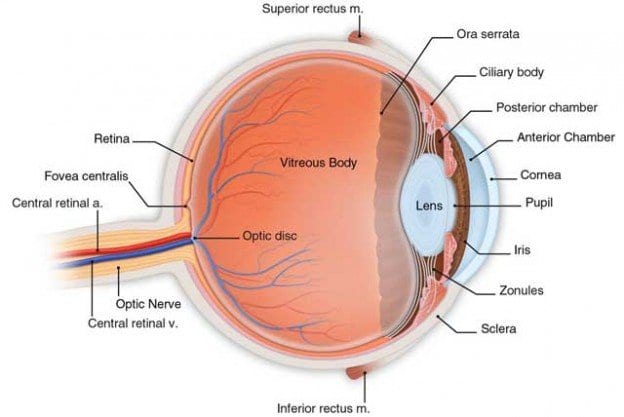Becton Dickinson is once again making inroads in the diabetic world with a 31-gauge 8mm BD Ultra-Fine II Short Needle. This needle is to be used with the BD Ultra-Fine Short Needle Insulin Syringes. This needle is believed to be the thinnest needle used for insulin in today’s market.
Becton Dickinson is once again making inroads in the diabetic world with a 31-gauge 8mm BD Ultra-Fine Short Needle. This needle is to be used with the BD Ultra-Fine Short Needle Insulin Syringes. This needle is believed to be the thinnest needle used for insulin in today’s market.
The syringes and corresponding needles are made for single usage. The BD Ultra Fine Short Needle is shorter than other needles. When used with the syringe, you have three barrel sizes to choose from. There’s the 1cc size, which is equivalent to 100 units; the ½ cc size, which is equivalent to 50 units; and the 3/10 cc size, which is equivalent to 30 units.
If you’re using the 3/10 cc (30 units) size, you have a choice of using two different barrels. You can either use the one that has full-unit markings or the one half-unit markings. The half-unit markings may be more advantageous to use. This can be to your advantage is you have small insulin amounts to take. You won’t have to concern yourself about administering too much at one time.
Syringe Studies
Studies have shown that using thinner needles get rid of most if not all of the pain and discomfort when administering insulin. This is why BD came out with a new line of ultra-fine syringes.
When you’re injecting insulin, you should be conscious of what type of needle you use. Believe it or not, it can change your scope, especially if it provides comfort and less pain during the process.
BD always has the diabetic in mind when manufacturing syringe needles. There are several steps that are taken to ensure the quality and comfort of the BD Ultra-Fine Short Needles.
Process of Creating a Syringe
First, BD uses a method that removes any imperfections from the needle. This helps the needle to look smooth, making for a safe and comfortable injection. This also includes removing any rough patches that can wear down and tear your skin.
Next, there is what is called a micro-bonded lubrication. This helps the needle to have easy penetration in the skin while your administering your insulin. This lubrication prevents any rough feeling between the needle and your skin during this time. Also, when you remove the needle, it is not difficult to pull out of your skin after the procedure.
The third part of this deals with the needle’s fine point on the end. This part of the needle is shaped into three edges. The three edges help to part your skin while the needle is being inserted, allowing easy access for it. Each of the three edges are to align with each other.
In addition to the above, the syringe along with the needle is manufactured to provide the best quality for the diabetic. The needle is also made with a quality grade of stainless steel. Prior to distribution, the BD Ultra-Fine Syringe Needle goes through an inspection. This inspection must weight out to 100%.
Cautions
To prevent infection or injury, you should not use the BD Ultra-Fine Syringes more than once. Prior to making a needle change with your syringe, consult with your physician for further assistance.









